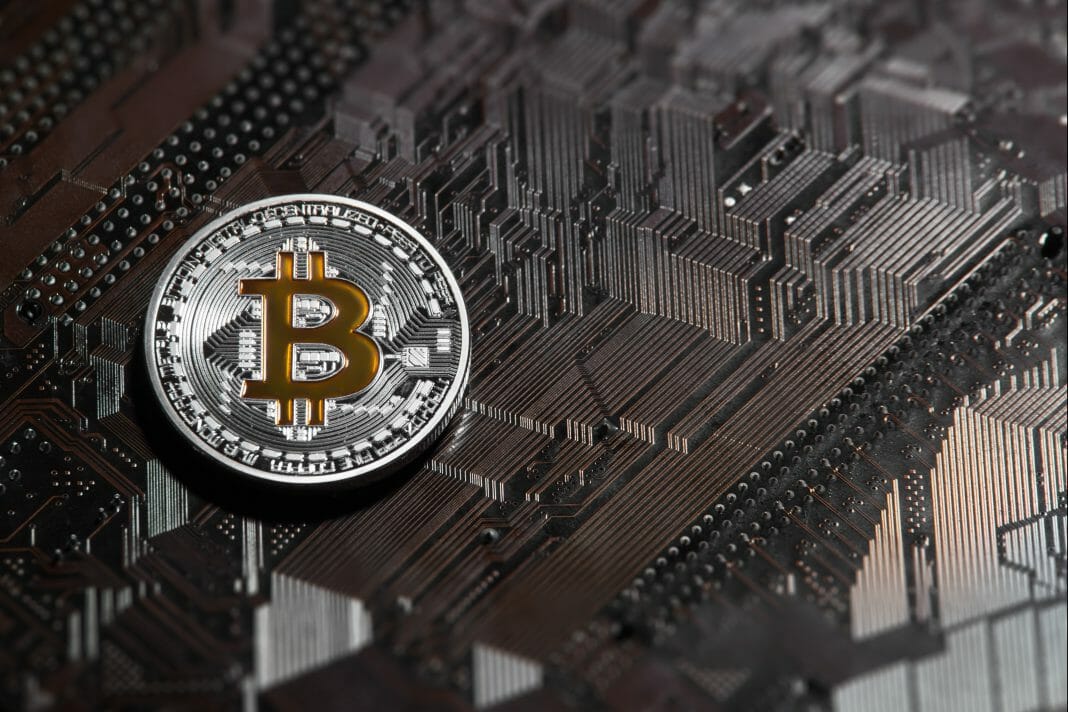A study by the RSK co-founder suggests that a former miner, supposedly Satoshi Nakamoto, may have stopped his hash rate in the early days of Bitcoin.
Sergio Demain Lerner, Co-founder of the Bitcoin startup RSK, wrote on his blog about “Patoshi”, a pseudonym for a Bitcoin (BTC) miner who is supposed to be Satoshi. There he suggests that the miner, who was active between 2009 and 2010, may have kept his mining equipment off for the first 5 minutes of each “block interval” (or the time between one blockchain block and the next).
Many people believe that Patoshi is responsible for mining an overwhelming number of blocks in the early days of Bitcoin. In his ongoing research, which has covered years and multiple blog posts, Lerner (along with other anonymous researchers) has solved the mystery of how much Bitcoin Satoshi may have mined before leaving the project in 2010.
The figure, between hundreds of thousands and a million bitcoins, has decreased over the years. New evidence has emerged of the patterns of how each of the early miners stamped their mined blocks on the Bitcoin blockchain.
The owner of the Bitcoin addresses that supposedly contained coins belonging to Satoshi recently signed them. This person did this in an apparent effort to prove that the notorious self-proclaimed “creator” of Bitcoin Craig Wright was not the owner of the keys to those bitcoins. Lerner, along with other researchers, had to reconsider how many miners were active in the early days of Bitcoin and which addresses these first mined blocks belong to Satoshi.
Using the evidence added to the data, Lerner has found new evidence suggesting that Satoshi purposely stayed out of Bitcoin mining after the issuance of a new block. Lerner said that Patoshi may have needed to wait five minutes to issue these new blocks, or he may have been allowing newcomers an opportunity to reach the blocks before he did.
Another explanation would be the creation of an artificial time stamp on a block if, once miners extract it, they extract another immediately after its issuance. Patoshi may have been trying to fix a mined block “too fast”, thus delaying the block times for the next block after this double mining occurred (Bitcoin block mining occurs about every 10 minutes).
Lerner suggested that Satoshi may have been trying to avoid early mining in a block interval. Likewise, he could have been ensuring enough mining of blocks about every 10 minutes to guarantee the correct operation of the network.
Although Lerner invited his readers to do their research, the “altruism” theory would not be so hard to believe. This miner (Satoshi) has not accessed a few hundred thousand bitcoins (equivalent to billions of US dollars) since he mined them between 2009 and 2010.
If altruism came naturally to Satoshi, then this may have been another act of benevolence. Maybe he was just trying to allow others to mine those blocks, rather than him.
By Willmen Blanco












[…] One of such ways is to simply mine it. Before anything else, it is worth noting that crypto mining is not an activity for […]
[…] One of such ways is to simply mine it. Before anything else, it is worth noting that crypto mining is not an activity for […]